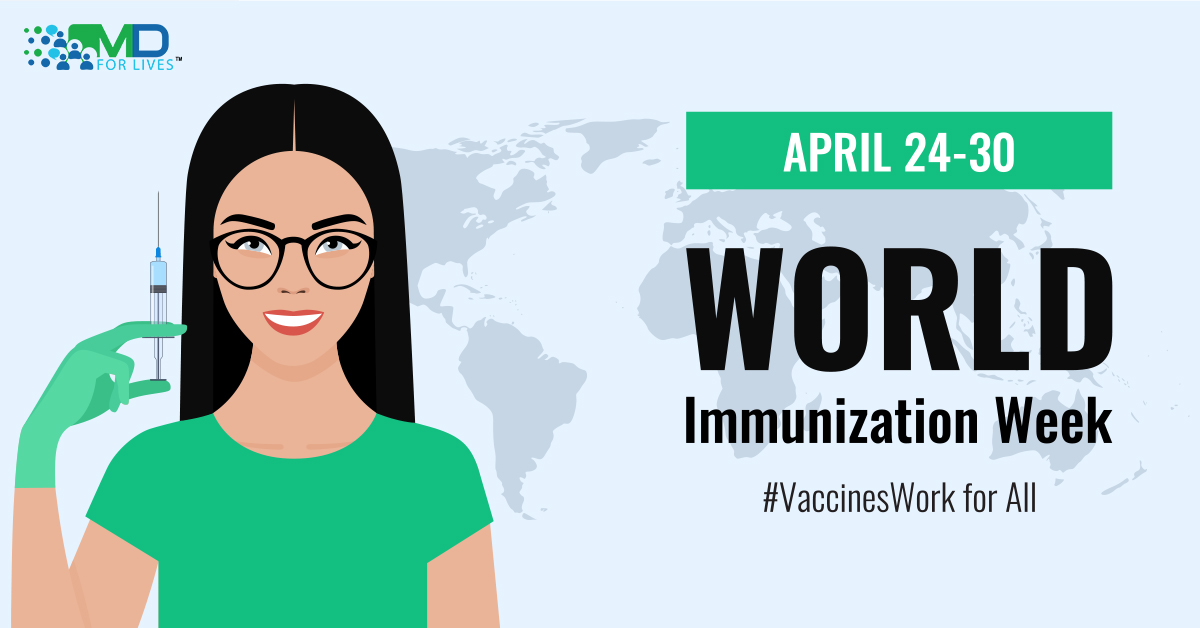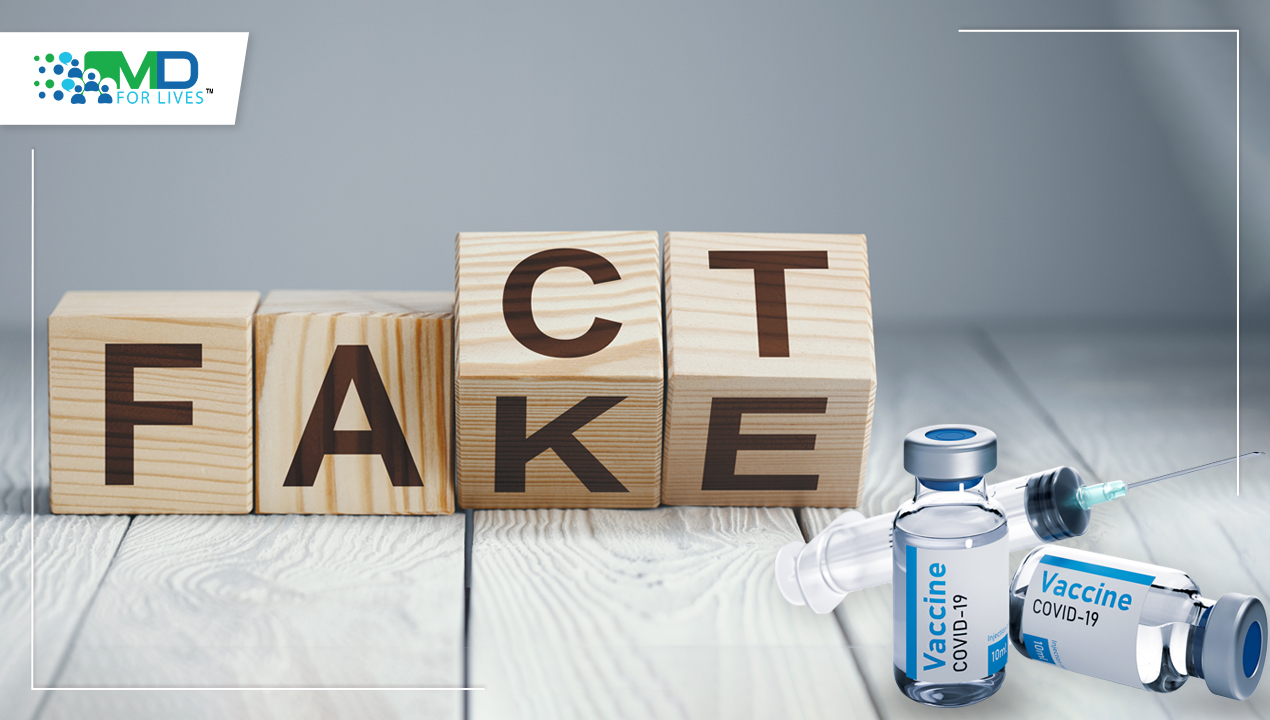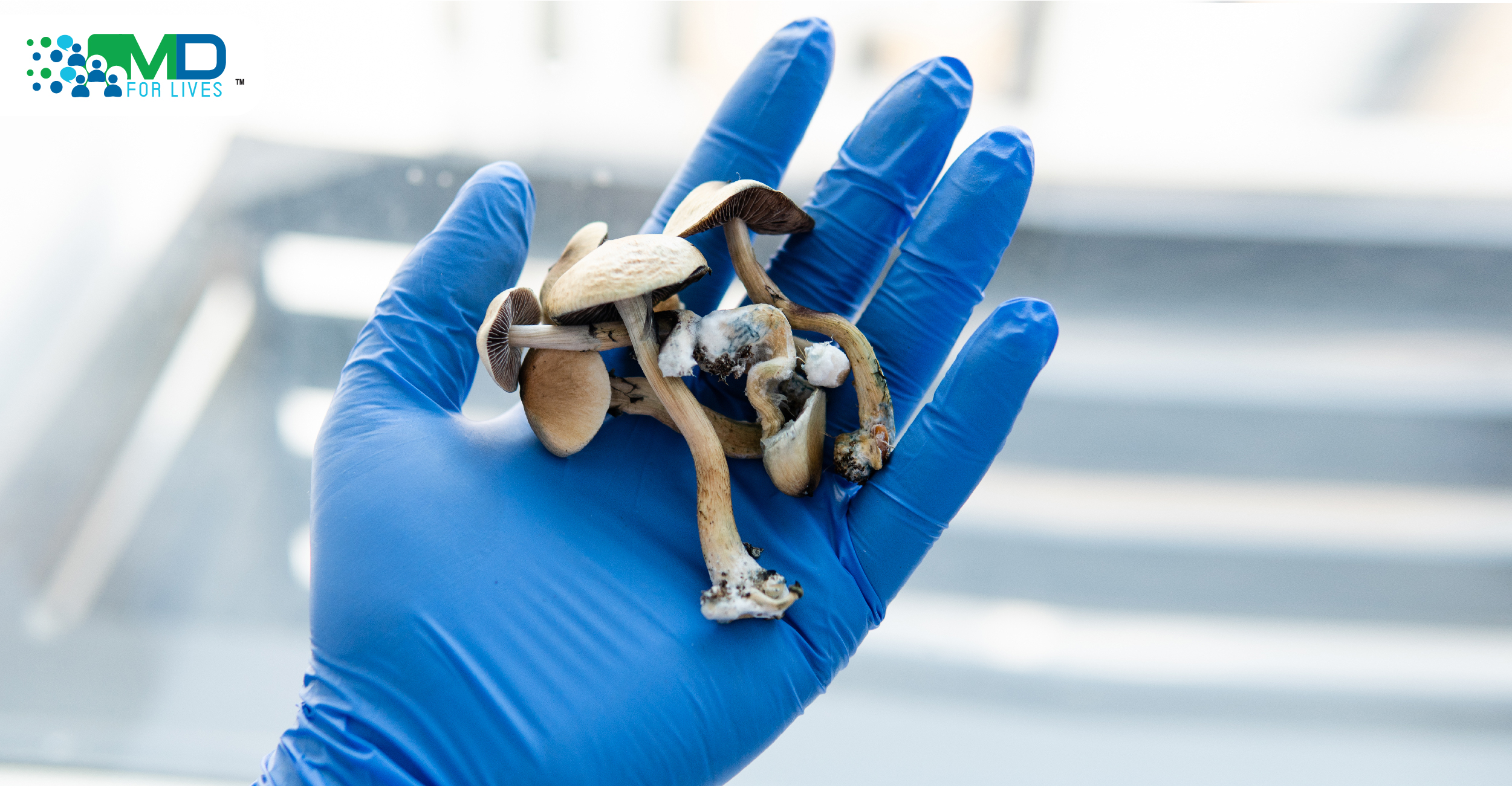Vaccination remains as one of the primary approaches in which a person can gain immunity from a specific disease. Throughout the years, millions of lives have been saved by it.
With the rising number of cases and deaths due to COVID-19, humanity is in dire need of a safe and potent vaccine. Scientists around the world are working nonstop in developing and testing Covid-19 vaccines that might work against the disease.
World Immunization Week – Lessons from the Past
History tells us about a medical breakthrough that changed our perception of disease prevention and replaced the traditional practice of promoting immunity. Today, the process is known as variolation.
In 1796, Edward Jenner, an English doctor, administered the world’s first vaccine against smallpox, a disease that caused deaths of millions of people since Ancient Egypt. Jenner noticed that milkmaids who were affected with cowpox disease never contracted smallpox. He then inoculated a cowpox pustule into the arm of James Phipps, an eight-year-old boy.
The rational explanation behind his experiment is the use of a related viral strain (cowpox) to promote immunity to the smallpox virus. To prove that his theory is right, he took the risk of intentionally inoculating the boy with smallpox. Fortunately, the disease did not develop. The vaccine was a success.
In 1980, the World Health Organization (WHO) declared that smallpox was the first disease eradicated worldwide by vaccination.
Soon after Jenner’s breakthrough, more scientists have invented different vaccines to fight numerous infectious diseases. Measles, mumps, rubella, diphtheria, tetanus, pertussis, cholera, cervical cancer, influenza, Hepatitis B, rabies, yellow fever, tetanus, and poliomyelitis have been controlled through vaccination. Furthermore, the occurrence of these contagious diseases has declined dramatically over the past years, thanks to immunization.
How #VaccinesWork on Immunization
Vaccines work by training the immune system to recognize a disease it has not encountered yet. It is done by exposing an individual to an antigen to generate the formation of the antibody; a substance produced by the body to combat a disease.
There are different types of vaccines, such as killed or inactivated, attenuated, subunit or conjugate, and toxoid. In the case of killed or inactivated type, the microorganisms are killed by physical or chemical means. The killed version can then be used as an immunogen. However, vaccination with live microorganisms is usually more effective than with the killed type. But it is necessary that the weakened (attenuated but still possessed the immunizing power) form must be used as a vaccine.
Subunit or conjugate vaccine uses a specific “part” (capsid, protein, or sugar) of the virus as the immunogen. This type needs a booster shot for the immune response can be maintained.
Toxoid type uses the toxin made by the microorganism that causes the disease. The active form of the toxin cannot be used as an immunogen; hence it must be modified chemically. Similar to killed or inactivated vaccines, the modified toxin must no longer be toxic but still retain their efficiency as the immunogen.
Progress on COVID-19 Vaccine
Since the current pandemic deals with a novel coronavirus, the lack of understanding of the epidemiology of the virus makes it a race for scientists to develop a vaccine for SARS-CoV-2. The institutions to finish the required clinical trials first will have a significant place in the history of combatting the devastating disease.
Researchers from China’s CanSino Biologics and United States’ Moderna Therapeutics are now in phase 1 of clinical trials and the first to test their candidate vaccines in a healthy human volunteer. CanSino’s vaccine platform uses a non-replicating version of a viral vector– Adenovirus Type 5, one of the agents that cause common cold in humans. In a press release, they announced that their preclinical data showed promising advances in strengthening the immune system in animal models. On the other hand, unlike the conventional way of developing vaccines, Moderna introduces the use of messenger RNA (mRNA). With their innovation, vaccines can be produced more easily and rapidly as it does not require growing significantly large numbers of virus in the laboratory.
Recently, Inovio Pharmaceuticals DNA vaccine has also advanced to phase 1 clinical testing. Inovio claimed that the preclinical data of their vaccine also generated promising immune responses in animal models. The company is also well-recognized for their success in developing a vaccine candidate (currently undergoing phase 2 clinical trial) for MERS-CoV, another type of coronavirus.
Novavax, a biotech company, also announces the human clinical trial of their vaccine candidate called NVX-CoV2373 to begin in May 2020. Like many other candidate vaccines for COVID-19, it is designed to boost the immune system against the coronavirus.
Johnson & Johnson, together with Biomedical Advanced Research and Development Authority (BARDA) saw the need to fund more than $1 Billion for SARS-CoV-2 vaccine research and development. Partnering with Janssen Pharmaceutical Companies, their candidate vaccine also uses a viral vector– Ad26, another type of adenovirus. Their vaccine is set to begin a human clinical trial by September.
Two former rivals, GlaxoSmithKline (GSK) and Sanofi joined forces to put an end to this pandemic. Sanofi stated that their S-protein based vaccine platform needs an adjuvant to function optimally which GSK already have. The two companies claimed the start of phase 1 clinical testing in the second half of this year. Other companies, including Dynavax Technologies Corp, are using adjuvant technology in their candidate vaccines.
As of March 20th, 2020, WHO categorized vaccine candidates for COVID-19 into different “platforms” that includes non-replicating viral vector, RNA, DNA, inactivated, live attenuated virus, protein subunit, replicating viral vector and virus-like particle (VLP). So far, there are 115 vaccine candidates for COVID-19. Currently, most are undergoing a preclinical phase of clinical evaluation while some other companies or institutions have plans to start human clinical testing this year.
Addressing the Gap
As we celebrate World Immunization Week, may we recognize the value of vaccines in a health crisis like this. Yet, there are still no vaccines and therapeutics available to fight COVID-19, strict implementation of nonpharmaceutical control measures is observed among different countries to address the current pandemic. For now, everyone’s cooperation is needed to flatten the curve through social distancing and frequent hand washing.

References
- Cohen, J. (2020). Vaccine designers take first shots at COVID-19. Science, 368(6486). DOI: 10.1126/science.368.6486.14. Retrieved from https://science.sciencemag.org/content/368/6486/14
- Le, T. et al. (2020, April 9th). The COVID-19 vaccine development landscape. https://www.nature.com/articles/d41573-020-00073-5







2 Comments
Gene therapy in the pipeline for hereditary eye diseases | MDforLives Blog
5 years ago[…] for gene therapy to cure blindness resulting from inherited conditions, and several products are in clinical trials.1 In 2017, Luxturna, gene therapy for blindness caused by inherited retinal dystrophy, became the […]
Gene therapies in the pipeline for hereditary eye diseases - MDForLives
4 years ago[…] for gene therapy to cure blindness resulting from inherited conditions, and several products are in clinical trials.1 In 2017, Luxturna, gene therapy for blindness caused by inherited retinal dystrophy, became the […]